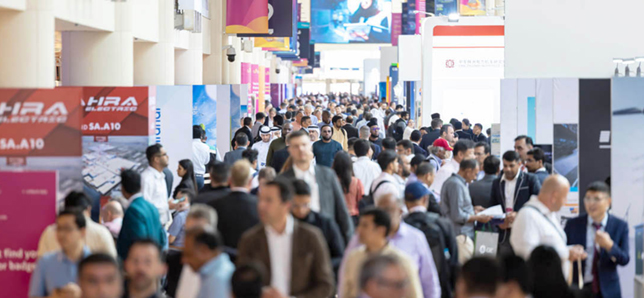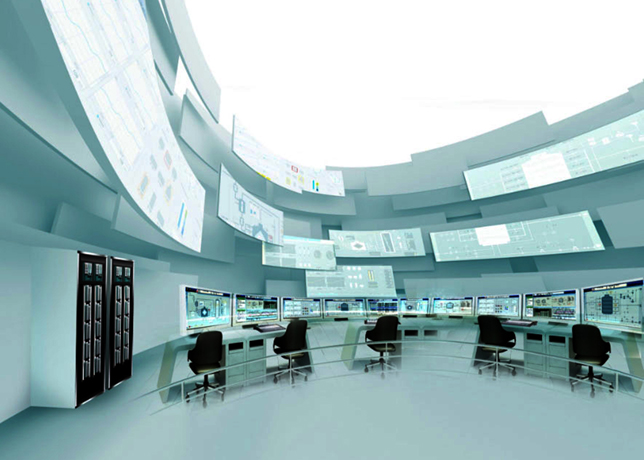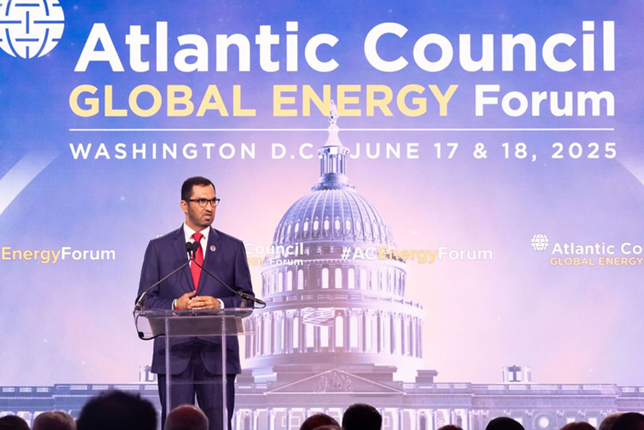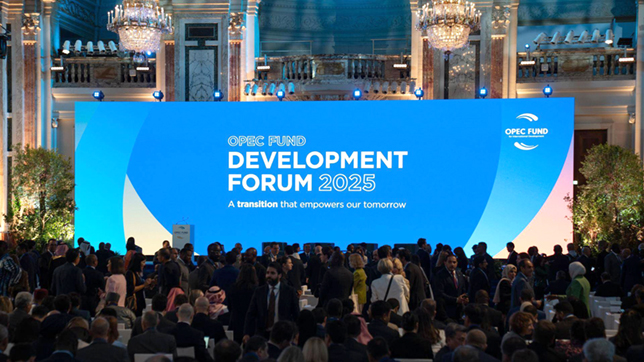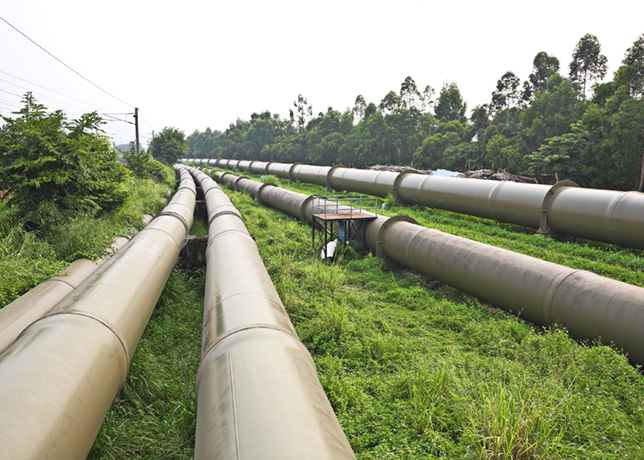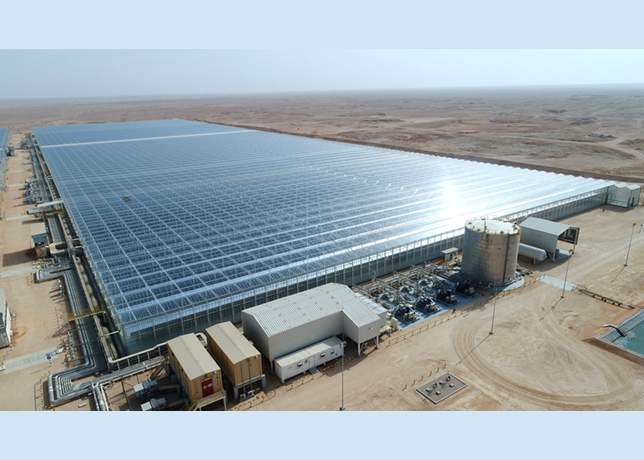

The virtual universe is on display at ADIPEC as oil major BP switches on its Highly Immersive Visualisation Environment (HIVE) featuring a three-dimensional flight to and through the stars.
Presenting the lunchtime shows on all days of the event is guest speaker Carter B Emmart, Director of Astrovisualisation at the American Museum of Natural History.
The computer-generated virtual reality extravaganzas will include simulated flights around the solar system, a trip through the Milky Way and a 14 billion light-year voyage out to the visible limit of the charted universe, according to the company.
During afternoon sessions the HIVE will be used to graphically demonstrate various technical papers being presented at ADIPEC. Daily shows will also demonstrate the full range and versatility of the HIVE, including a 'Space to your Face' show which zooms from Landsat images of the whole earth down to high definition close ups of Abu Dhabi itself, allowing visitors to pinpoint their own homes.
BP first unveiled its pioneering virtual reality HIVE technology in the Middle East at ADIPEC two years ago, and since then the technology has evolved dramatically. The company now leads in HIVE development with 17 installations around the world and has also introduced the technology to partners such as Abu Dhabi Company for Onshore Oil Operations (Adco) in Abu Dhabi.
The cutting-edge technology has had a profound impact on BP's business, from oil exploration to project visualisations of major facilities. From planning the optimum paths for wells into reservoir structures to designing offshore oil platforms, the HIVE computer generates a 3D virtual reality which enables engineers to literally 'walk through' their projects. The interactive technology dramatically improves team performance by enabling people to see problems in a new and visually stimulating way.
''The HIVE and the behaviours it engenders transform the effectiveness of multidisciplinary, integrated teams, helping the different disciplines to deeply understand each other. As a consequence we arrive at solutions to problems quickly, cheaply and with far more confidence in the result than in the past.'' said Dr Michael Daly, president of BP in the Middle East.
Most recently it has been involved in visualising the first ever offshore meteor crater discovered in the UK last year: the 3km-wide, 300m deep Silverpit crater which lies 1,000m below the North Sea seabed overlying BP's Trent gasfield.
Explained Daly: ''HIVE enables us to literally immerse ourselves into a 3D virtual reality of whatever it is we are studying, whether it is an oilfield reservoir 3,000m below the earth's surface or the universe itself.
''By changing the focus we can even put ourselves inside the pores of porous rock to better understand the dynamics of how oil flows with respect to associated gas and water. This profound understanding enables us to chose the most effective oil recovery mechanism and thus improve the ultimate recovery from our reservoirs,'' he concluded.











